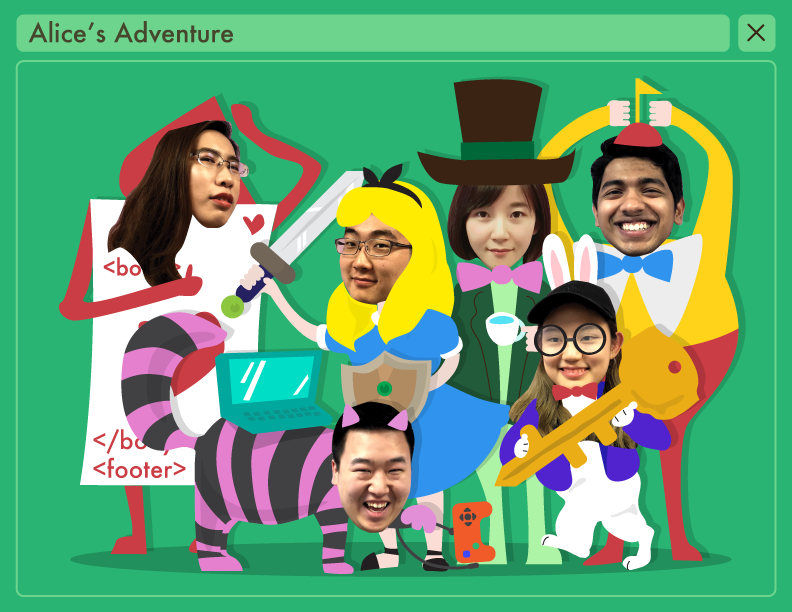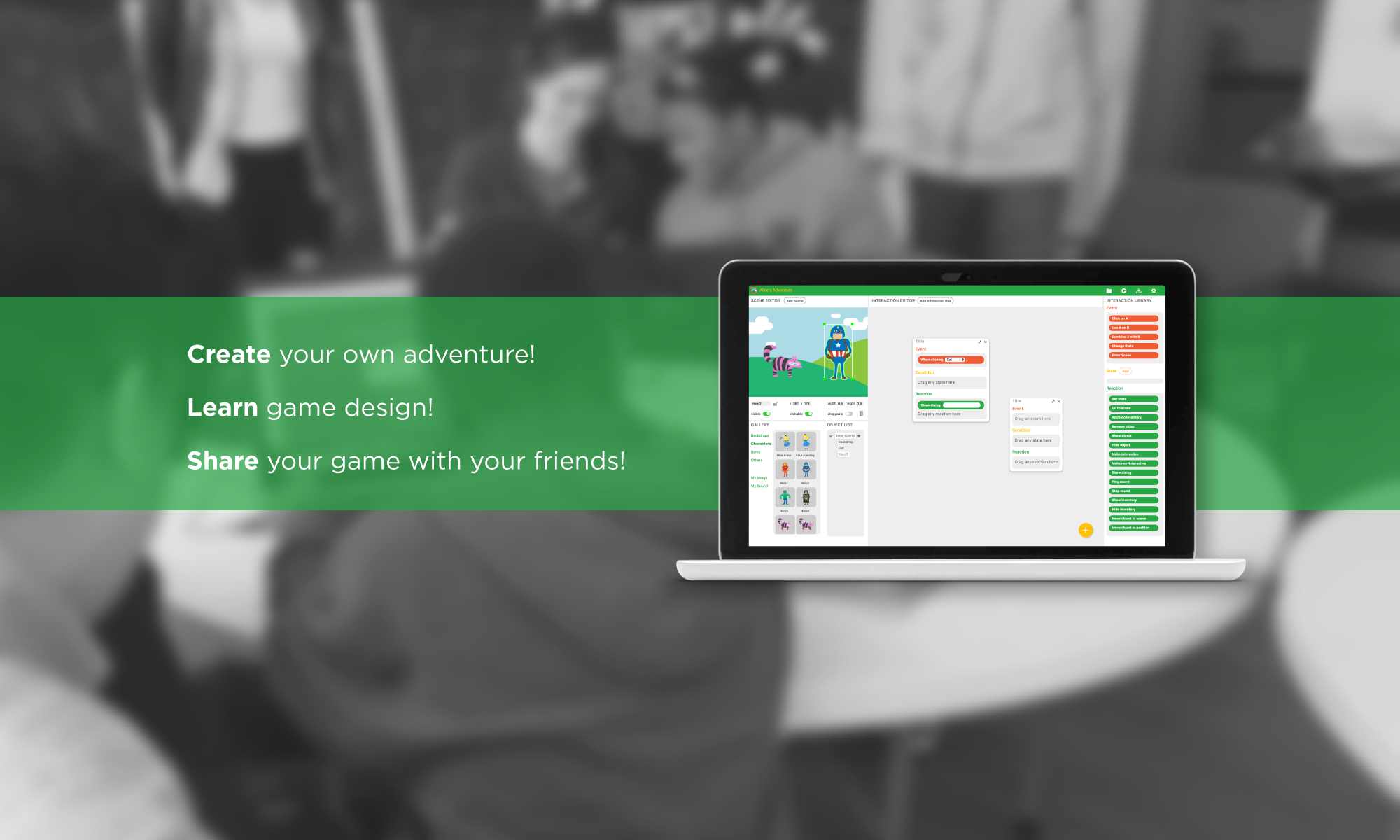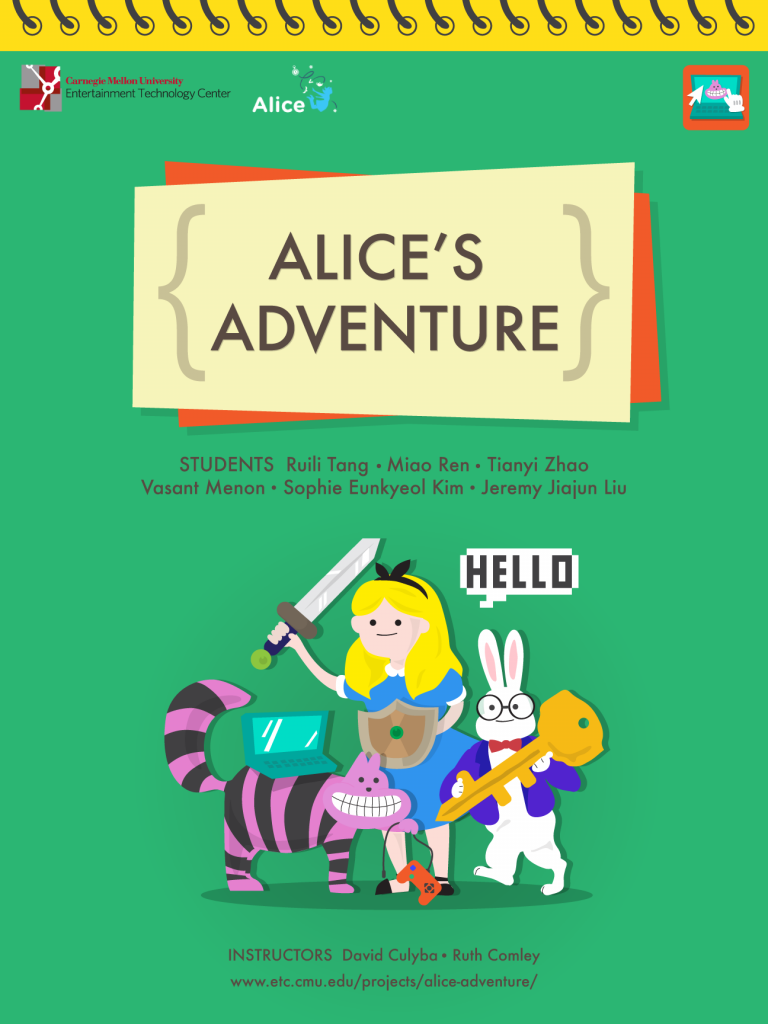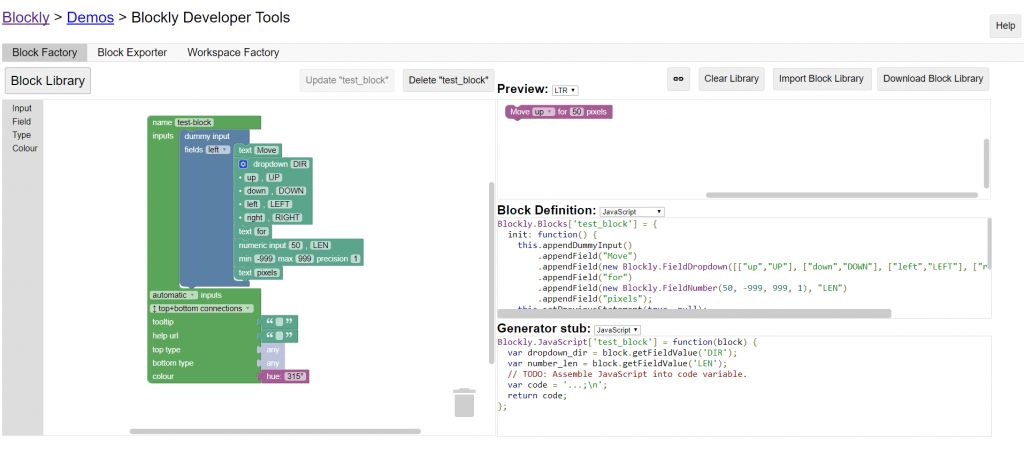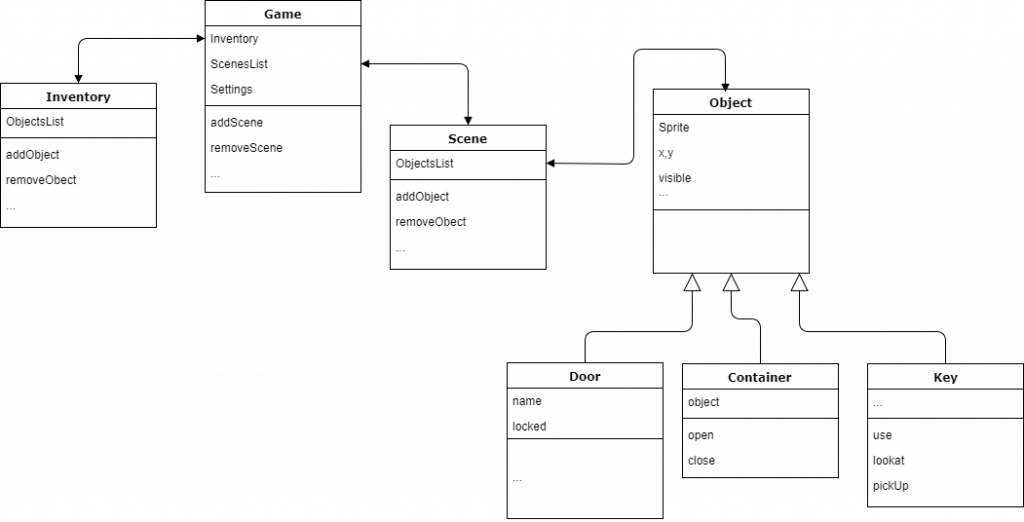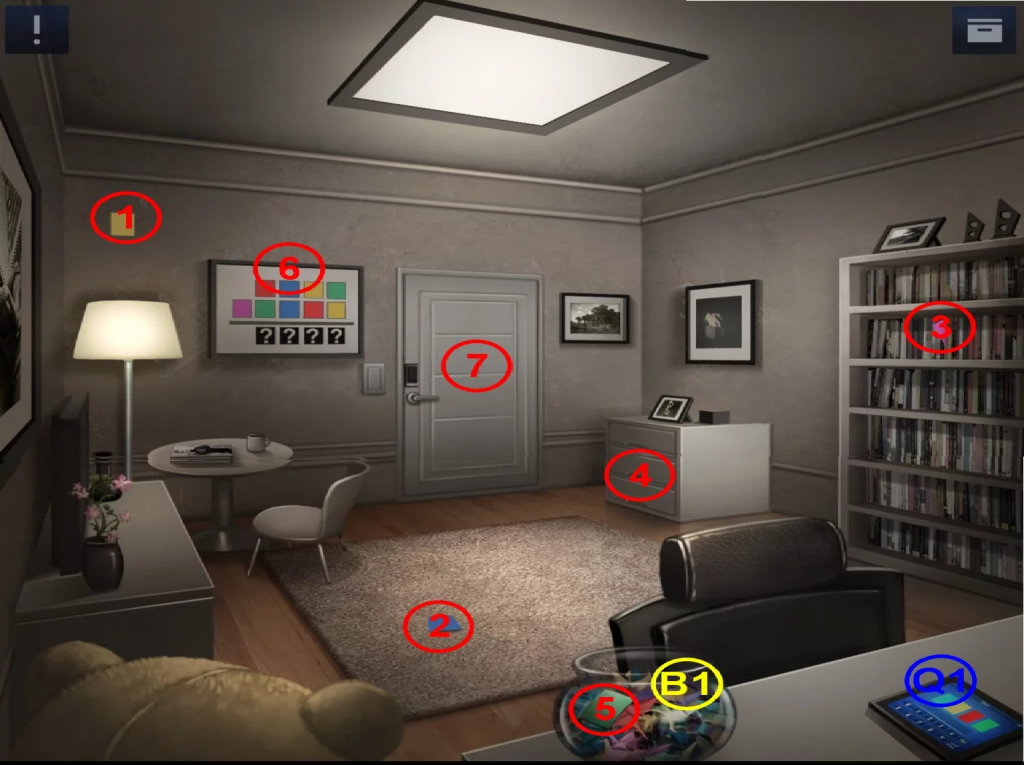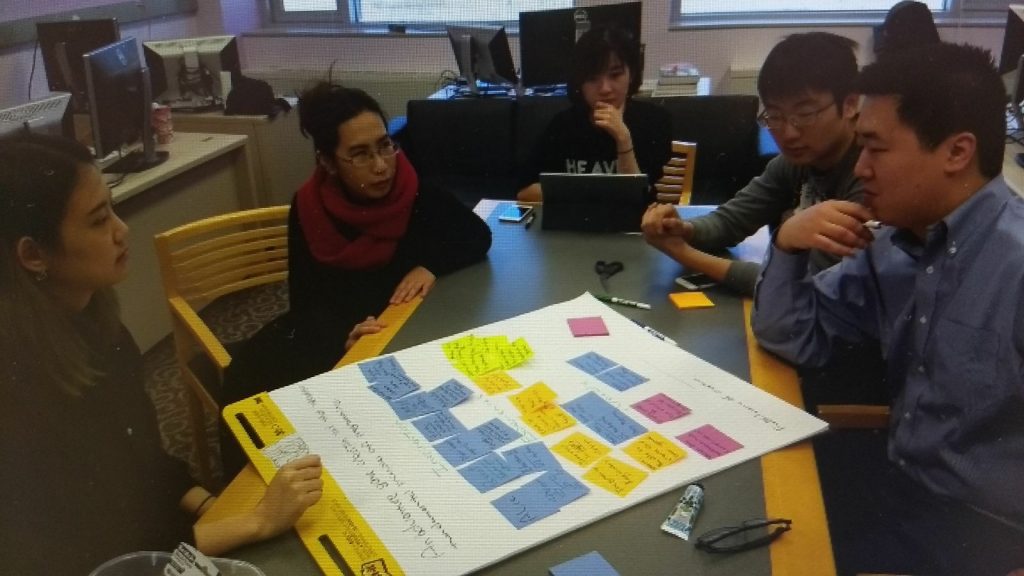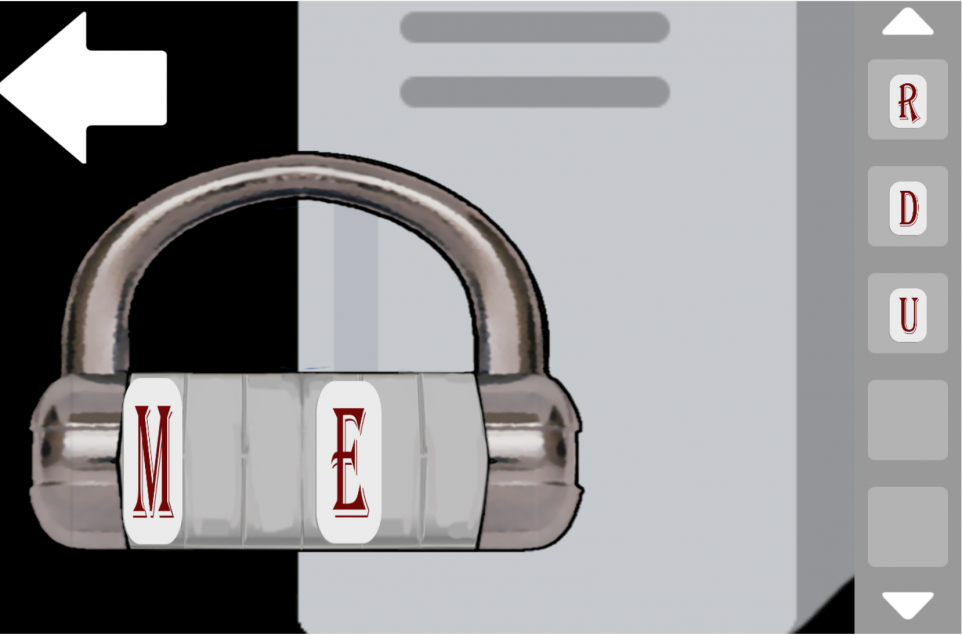Week 5 meant it was quarters walkaround week for all the ETC students! Quarters Walkaround is when we show/demo what we’ve done so far to all the ETC faculty.They visit us in batches of two or three for 15 minute slots, and this happens six times! These 15 minutes are really valuable, as it is an opportunity to explain the designs and goals of our projects and get valuable feedback, from different perspectives. So it was a session we spent a lot of time preparing for.
Since our walk-arounds was on Wednesday, we had a little bit of time to prepare for it. Our lead designer Jeremy created a mock-up of the presentation while highlighting some of the key topics that we wanted to show and discuss about. We consulted our instructors then who pointed out some of the points that faculty usually look to stress on more, rather than details of, say, technology and platforms. We revised the draft and also consulted Eric to get his opinions from a client’s perspective. Eric was very helpful too, as he helped realign priorities and also gave us the finer details of some technicalities. Armed with all this knowledge, we made a final deck of slides that Sophie compiled and beautified, ready to go.
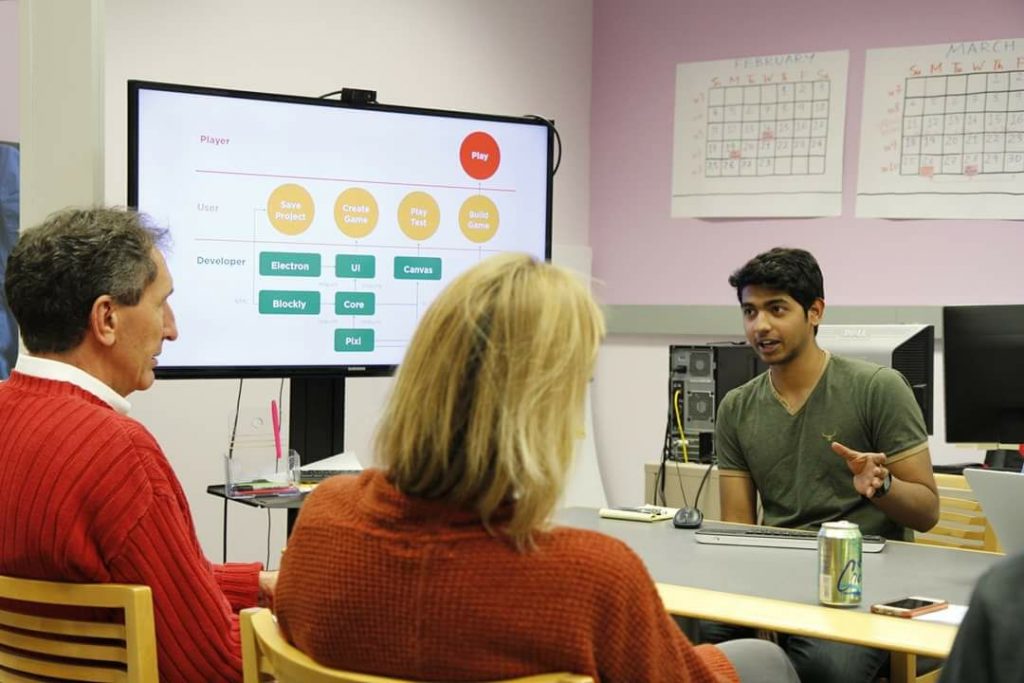
We made a presentation that lasted for about 5-7 minutes and we took turns presenting because it can be quite exhausting for just one person to do it continuously. All of our presentations went quite well and we received a lot of feedback, which I’m happy to say was mostly positive. A lot of the faculty were of the opinion that we should start thinking about testing with our target demographic, because the best way to develop such a product would be to work alongside a set of students and teachers, continuously iterating based on feedback we receive from them. We too felt that was an important thing to do, and decided to take help from ETC faculty John Balash and Jessica Trybus to get networked with the education circle and to find out how to proceed with playtesting then.
The faculty also stressed how important it was to get a good sense of design and idea as to how we should build our platform. We intend to be different from all other game creation platforms out there, possessing the best features with none of the weaknesses. To achieve this, we should inspire our target demographic (middle-school kids) to want to have to create adventure games and experiences. Small things like testing with two children working on the same station, offering incentives for different designs, and having an introductory example to get the kids going, are really interesting ideas that we’re definitely going to discuss and possibly integrate.
Meanwhile, our programmers have started planning and working towards achieving an MVP, a minimum viable product. Our target is to make an application which has a basic prototype and design mode, so that a user can make a basic interaction, save their work and run the game. The ideas is that if we take this out for testing we can get a general feel of whether the kids are receptive towards it, and probably come across problems we wouldn’t have considered before. We’re hopeful of having a build by the end of next week. So that will be our primary focus for Week 6.
I will leave you with a team photo that we took last week as part of our branding requirements. These are individual photos stitched together by Sophie, and you may recognise some of your favourite characters from Lewis Carroll’s works, but with a new look. See you next week!
